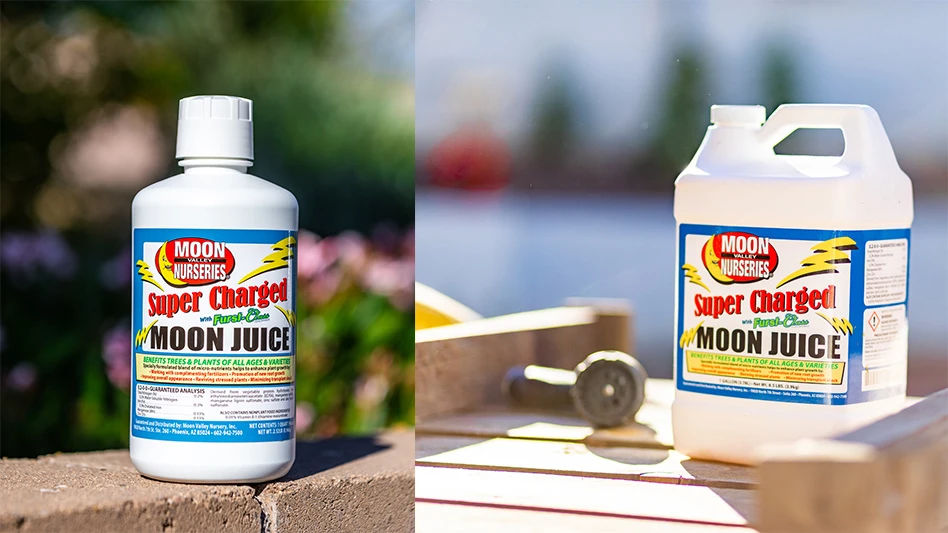 Trees that have been headed often require arborists to remove competing leaders from street trees to reduce hazards.
Trees that have been headed often require arborists to remove competing leaders from street trees to reduce hazards.
Heading back young trees is a common nursery production technique which, in theory, creates a well-proportioned crown. But does theory translate to reality? The long-term answer may be no.
Imagine two saplings (same age, same cultivar) at a retail nursery: an unpruned specimen, tall and skinny with a few sparse lateral branches, and one that’s been pruned to stimulate lateral branches which are starting to form a crown. Which one would a customer be most likely to choose? Before we answer this, let’s take a quick look at tree development.
In Search of a Fuller Crown
In many species, young trees are whips, or long, slender, virtually unbranched saplings. At this point in their life, they may not be the most aesthetically pleasing specimens, but in nature this is what young trees must do to outcompete other plants for sunlight. In a few years, they develop numerous lateral branches but still maintain an excurrent growth form (these trees are sometimes called feathered whips). Given more time, the dominance of the central leader is diminished and a fuller crown or decurrent form develops.
It’s this latter form that’s most aesthetically appealing, and it doesn’t take much imagination to realize the pruned sapling will be the most popular choice in the retail nursery. Is there anything wrong with getting a head start on nature by heading back young trees during production? My answer, as both a plant physiologist and a certified arborist, is yes -- I believe this is a short-sighted practice.
Of course, some of this growth is removed at the production nursery, so that just one central leader remains. However, most of the new and existing lateral branches are left in place (which creates the desired full crown look). If the tree and its branches just stopped growing in diameter, all would be well. But this developing crown structure, consisting of many acutely angled branches, will in time create potential failure points.
 This young oak has been headed during production to create upright, lateral branches.
This young oak has been headed during production to create upright, lateral branches.Let’s look at the process over several years. As these branches develop in girth, they press against their neighbors: the more acute the angle, the faster this will happen. Over time, this constant pressure creates included bark, which is a weak fusion of tissues (as opposed to the strong attachment between a limb and the trunk). As the branches become even larger, the probability of branch failure at the plane of fusion increases as well.
When the possibility of tree failure increases, especially in areas where there are immediate dangers to people or property, a hazard analysis must be performed. Obviously the failure of a street tree would pose a significant threat to structures, cars and pedestrians. Unfortunately, city streets are exactly the type of location that these “designed” trees are commonly used, as urban planners and landscape architects often use street tree specifications that insist on trees with columnar habits and/or many acutely angled, lateral branches.
Urban foresters and certified arborists are starting to see the results of the “build-a-better-tree” philosophy in maturing trees. In 2005, Mercer Island’s parks arborist Paul West conducted a corrective pruning project on 400 red maples (Acer rubrum) that had been headed back during production and installed in 1992. The virtual thicket of large, acutely angled branches in these trees created hazardous conditions, as the trees are adjacent to a heavily used bike trail. Bottom line: It took a crew of three to seven people working during two to three weeks to correct a problem that should never have occurred in the first place.
Many years ago, I listened to a seminar from the owner of a landscape maintenance company. A practicing horticulturist of many decades, he lamented the “disconnect” between the planning professionals (the landscape architects and urban planners) and the maintenance professionals (the landscape managers and arborists). The combination of unrealistic planting standards with unsustainable tree production practices creates expensive, long-term problems for landscapes, and production nurseries are caught square in the middle. I’d encourage nursery professionals to help reconnect all parts of the green industry by using applied plant physiology to guide their tree production practices.
Linda Chalker-Scott is associate professor and extension urban horticulturist, Washington State University, Puyallup Research and Extension Center, lindacs@puyallup.wsu.edu; www.gardenprofessors.com.

Explore the August 2010 Issue
Check out more from this issue and find your next story to read.
Latest from Nursery Management
- Plant breeding as an art
- Society of American Florists accepting entries for 2025 Marketer of the Year Contest
- Sustainabloom launches Wholesale Nickel Program to support floriculture sustainability
- American Horticultural Society welcomes five new board members
- Get to know Christopher Brown Jr. of Lancaster Farms
- American Floral Endowment establishes Demaree Family Floriculture Advancement Fund
- The Growth Industry Episode 3: Across the Pond with Neville Stein
- The Growth Industry Episode 2: Emily Showalter on how Willoway Nurseries transformed its business







